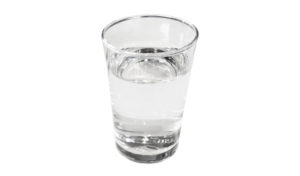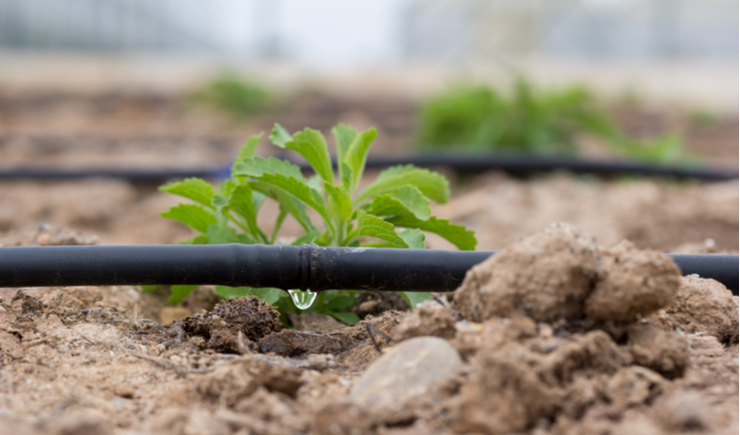
This is not a promotion. Becky and I have a Zero Water 10 Cup Pitcher. Even with a whole house filter, there tends to be an uncomfortably high reading of total dissolved solids (TDS)—minerals, salts, metals, cations or anions dissolved in our water. For example, last night I poured a glass of tap water, put in the provided reader and it showed 170 TDS. Then, I poured a glass from Zero Water and, no surprise, it read zero. If you’re concerned about the water your family is drinking, this is a way to make sure your water is clean. I hesitate from saying “an easy” way to do it because what’s easier than turning on the faucet? But this extra step I believe is worth your effort.
Zero Water systems employ a five stage filter. The filter is setup like this:
- Stage 1: Coarse Filter Screen, Filters out fine particles and sediment
- Stage 2: Foam Distributor, Disperses the water more evenly across the entire width of filter to more efficiently use the filter medium which increases longevity and ability to remove more contaminants
- Stage 3: Multi-layer activated carbon & oxidation reduction alloy, Carbon: filters out a lot of different contaminants and is standard in most conventional filters; particularly good on organics and for improved taste. Oxidation alloy: reduces, removes chlorine and other heavy metals plus, it keeps mold from forming when the filter is moist
- Stage 4: Dual Comprehensive ION EXCHANGE resin, Negative and positive dual bed ion exchange resin that strips foreign ions from the water molecules and returns them to a pure state
- Stage 5: Ultra-fine screen & non-woven membrane layers, To remove ultra-fine particles
Read more about Zero Water’s systems here.
You can check registered TDS levels in your area by clicking here.



